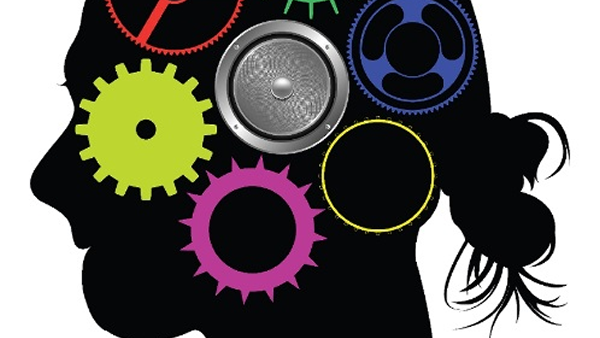ATD Blog
How Information Becomes Long-Term Memory (and More Facts on Cognitive Load Theory)
Wed Apr 23 2014

Cognitive load theory (CLT) contends that several structures and functions of human cognition should be central to instructional design considerations.
CLT Factor #1: In order to function in our complex environments, humans have an enormous capacity long-term memory. During learning, if nothing is stored in long-term memory, nothing is learned. The purpose of instruction is to enable learners to store usable information in long-term memory.
CLT Factor #2: The bulk of the information stored in long-term memory is obtained from other people by imitating what they do, listening to what they say, and reading what they write. Explicitly presenting information to learners is essential to effective instruction.
CLT Factor #3: Novel information is generated during problem solving using a random generate and test procedure. We must use problem solving to produce information if we do not have any other way to obtain information. Except as an occasional motivational device, we should not use problem solving or any other minimal guidance procedure as an instructional technique.
CLT Factor #4: All novel information must be processed via a very limited capacity and limited duration working memory. When dealing with novel information, we can process no more than approximately three items of information, and can hold them in working memory without rehearsal for no more than 20 seconds. Instructional procedures that ignore these limits are unlikely to work.
CLT Factor #5: There is no known working memory capacity or duration limits for learned information that is transferred from long-term memory. Once organized information has been stored in long-term memory, we are transformed. We can do things that we could not dream of doing prior to information being stored in long-term memory, providing the hallmark of successful instruction.
Based on this cognitive architecture, cognitive load theory proposes procedures to reduce unnecessary working memory load and facilitate the transfer of information to long-term memory.
Worked example effect. If learners are shown worked examples to study rather than required to solve the problems themselves, learning is facilitated with higher subsequent problem solving scores. Use lots of worked examples for learners to study and relatively few problems to solve.
Split-attention effect. When learners are required to understand a diagram and text that cannot be understood in isolation from each other, the text should be placed in appropriate locations with arrows pointing to relevant sections of the diagram. The diagram and text should be physically integrated to avoid split-attention with its attendant cognitive load.
Modality effect. Providing the text is short and easily held in working memory, it should be spoken rather than written. Auditory and visual working memories are partially separate and so using both channels can increase working memory capacity and facilitate learning.
Redundancy effect. The split-attention and modality effects require two or more sources of information that are unintelligible in isolation. If written or diagrammatic information is just a repetition of spoken information it is redundant and one form should be eliminated. Do not include text that just repeats the information contained in a diagram. When using PowerPoint, do not provide the same written and spoken text.
Transient information effect. Spoken information and animations are transient in that what is heard or seen disappears to be replaced by new information. If the information is complex and lengthy, working memory load can be overwhelming. Much technology assisted instruction falls into this trap. Transient information needs to be brief to be usable. If it cannot be reduced in size, it should not be presented in transient form but rather in permanent form such as written text or static graphics.
To learn more, check out Cognitive Load Theory (Springer, 2011).
